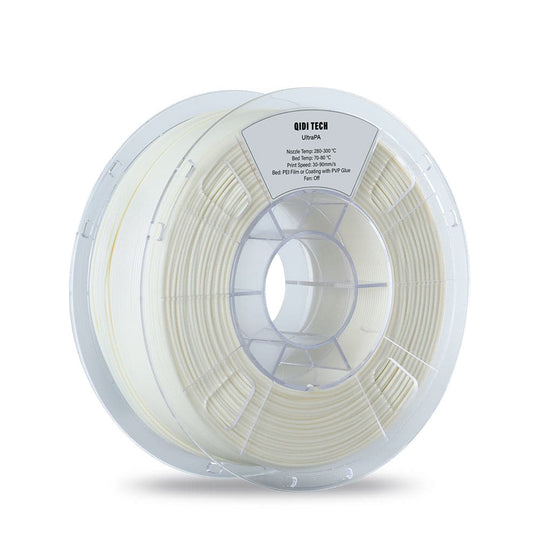When it comes to 3D printing, the selection of filament is a critical decision that can significantly impact the quality and characteristics of the final printed object. In this ultimate guide, we will delve into the various aspects of filament selection, providing valuable insights for both beginners and experienced enthusiasts.

Understanding Filament Types
One of the first considerations in filament selection is the type of material. There are several options available, each with its own unique properties and applications. Common filament types include PLA, ABS, PETG, TPU, and more. Each material has different strengths, weaknesses, and ideal use cases. For example, PLA is known for its ease of use and environmental friendliness, while ABS offers greater strength and durability. Understanding the characteristics of each filament type is crucial in making an informed decision.
Factors Affecting Print Quality
Aside from material type, several other factors can influence the quality of 3D prints. These include filament diameter, moisture absorption, and print temperature. The diameter of the filament is a critical parameter that directly affects the extrusion process and, consequently, the print quality. Additionally, some filaments are prone to moisture absorption, which can lead to print defects and reduced mechanical properties. Furthermore, different filaments require specific temperature settings for optimal printing results. Considering these factors is essential for achieving high-quality prints.
Specialized Filaments for Unique Applications
As the 3D printing industry continues to evolve, an increasing number of specialized filaments have emerged to cater to unique applications. For instance, conductive filaments enable the creation of functional electronic components directly through 3D printing. Similarly, wood-infused filaments offer the aesthetic appeal of wood with the versatility of 3D printing. These specialized filaments open up a world of possibilities for creating innovative and functional objects.
Optimizing Filament Selection for Cost-Efficiency
While the quality and characteristics of the filament are crucial, cost-efficiency is also a significant consideration, especially for industrial applications. Balancing the cost of filament with the desired properties and print quality is essential for maximizing the value of 3D printing. Some filaments may offer a lower price point but sacrifice certain characteristics, while others may provide superior performance at a higher cost. Understanding the trade-offs and optimizing filament selection for cost-efficiency is key for industry professionals.
In conclusion, the selection of 3d printing filament is a multifaceted decision that requires careful consideration of material type, print quality factors, specialized applications, and cost-efficiency. By leveraging the insights provided in this ultimate guide, individuals and industry professionals can make informed decisions that align with their specific needs and objectives.



